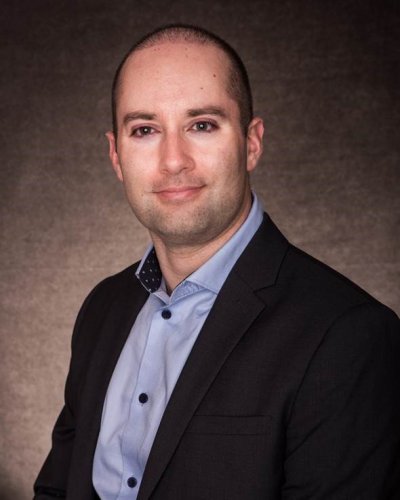2pm - 3pm
Wednesday 21 October 2020
Self-organisation of neural network structure and function
Dr Roman Bauer will be speaking.
Free
This event has passed
Abstract

The human brain is an extremely complex system, comprising approximately 86 billion neurons and 10^15 synapses. It is thus unsurprising that principles of neural computation inspired a number of state-of-the-art machine learning methods, including deep learning and reinforcement learning. However, these methods differ in many ways from biological neural networks. Real neurons communicate via spikes, are intrinsically unreliable and self-organise their morphological and functional properties based on complex developmental rules.
In this talk, I will discuss fundamental characteristics of biological neural information processing, and highlight differences to conventional computing in the context of machine learning. To this end, I will highlight mechanisms that are crucial for the self-organisation of neural network structure and function. Moreover, I will present work where biologically plausible developmental rules for the self-organised neural network development were simulated. Notably, these models are often applicable both to questions in computer science as well as biomedicine. Finally, I will introduce the BioDynaMo software project that aims to leverage detailed models of neural network development to explore future neuro-inspired computing technologies.
Short biography
Roman studied Computational Science and Engineering at ETH Zuerich (Switzerland). Afterwards, he did his doctoral studies at the Institute for Neuroinformatics (INI) at ETH Zürich and University of Zürich. He then joined Newcastle University in September 2013 and started his MRC fellowship in 2016. In June 2018 he took up an EPSRC UKRI Innovation Fellowship (also at Newcastle University). In August 2020 he then became a lecturer at the Department of Computer Science, University of Surrey.
Roman Bauer's research focus is on the computational modelling and analysis of biological dynamics, in particular those of the brain. He devises and analyses computational and statistical models of how tissue evolves (e.d. during development, degeneration or other types of processing, e.g. cryopreservation), in order to better understand the system dynamics. Since such simulations can become very demanding from a computational point of view, his research also involves modern computing approaches and IT-related collaboration.
Join us
All are welcome to attend via Zoom.
